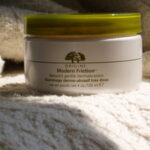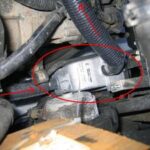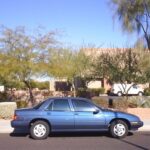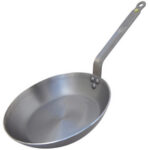Motor oil serves at least three major functions in your car. The first is to reduce the amount of friction and the wear it cause to the moving parts inside the car’s engine. Oil also helps to cool the upper half of the motor as it drains from the pans on top of your engine back toward the oil pan located at the very bottom of it. Finally, oil cleans residue from your engine.
The main function of the oil pan is to store your vehicles oil.
The average car requires about 5 quarts of oil. Less than one quart of this oil is held in the oil filter and some of the engine parts. The rest of the oil is held inside the oil pan until it is needed. When the car is operating, half or more of the stored oil is circulated by the oil pump through the motor. After the engine is turned off, the oil returns to the oil pan until the car is started again.
The oil pan serves as a place for the suspended matter in the oil to settle.
As oil passes through the engine, it picks up the residue left from the fuel firing in the cylinders. The residue is carried from the engine by the oil. The process helps keep the engine clean and extends its life. The residue may even include small bits of metal produced by engine wear. This material is suspended in the oil. Some of it will settle to the bottom of the oil pan and rest there until the next oil change happens. The filter will remove a portion of the material, also.
The oil pan serves as a cover for the bottom of the car’s engine.
The oil pump is contained inside of the oil pan. It is able to lift the oil from the pan and send it on its way through the oil filter and the rest of the engine. Parts of the engine are also exposed behind the oil pan. So, they are protected from hazards of the road and pieces of debris as long as the oil pan is in place.
Oil pans are designed to help facilitate the draining of used oil during an oil change.
Every oil pan has a drain plug located near the bottom of the pan on the side or on the bottom of the pan depending on the vehicle. When the car is parked on a relatively level surface, the pan is made with adequate slope to cause the oil to pool over the drain plug. This causes the oil to be able to drain from the pan completely in just a couple of minutes. The slope also means that the initial flow of oil should have enough force to pull out much of the sediment in the bottom of the oil pan during each oil change. Once the oil is drained, the plug is replaced. The oil pan is now ready to receive the fresh clean oil to store it until the engine is started and requires the oil to flow through it.







